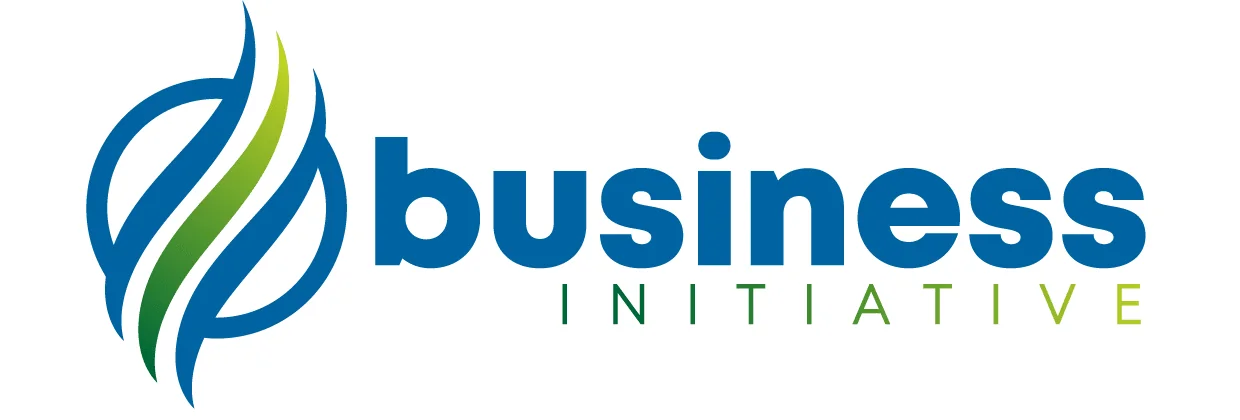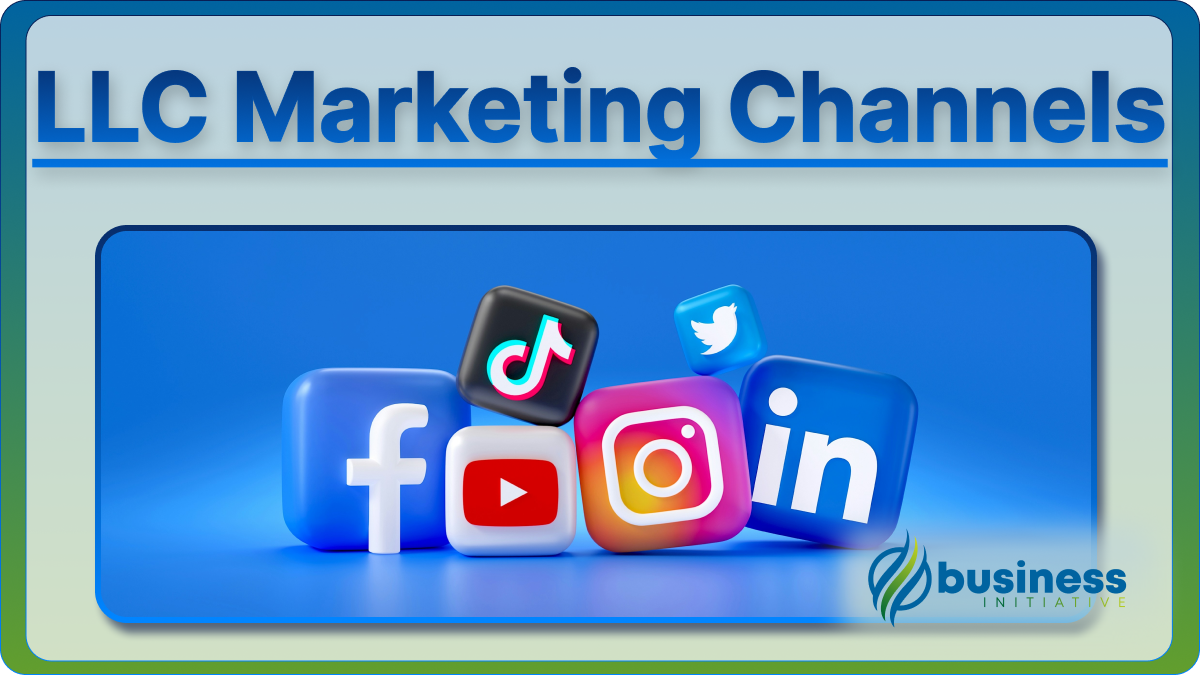Marketing channels are the various avenues through which businesses can reach their target audience.
Choosing the right marketing channels is crucial as it can make or break a business’s marketing strategy.
 Key Takeaways
Key Takeaways
- Know Your Audience: Choose marketing channels based on where your target audience spends time and how they prefer to consume content.
- Start Small, Scale Smart: Begin with low-cost channels like social media and content marketing, then invest in paid channels as you see results.
- Track Everything: Use analytics tools to measure campaign performance and make data-driven decisions about which channels work best.
- Stay Unique: Research competitors but focus on creating distinctive content and messages that set your brand apart.
- Be Adaptable: Regularly review and adjust your marketing mix based on performance data and changing market conditions.
By reading this article, you will gain a comprehensive understanding of the different marketing channels available to businesses and how to choose the right ones for your specific campaign.
You will also learn about the six key factors that should be considered when selecting marketing channels: target audience, budget, goals, message, competition, and metrics.
With this knowledge, you’ll be equipped to make informed decisions about your marketing strategy and create successful campaigns that reach your desired audience and drive results.
 Table of Contents
Table of Contents
Examples of Marketing Channels
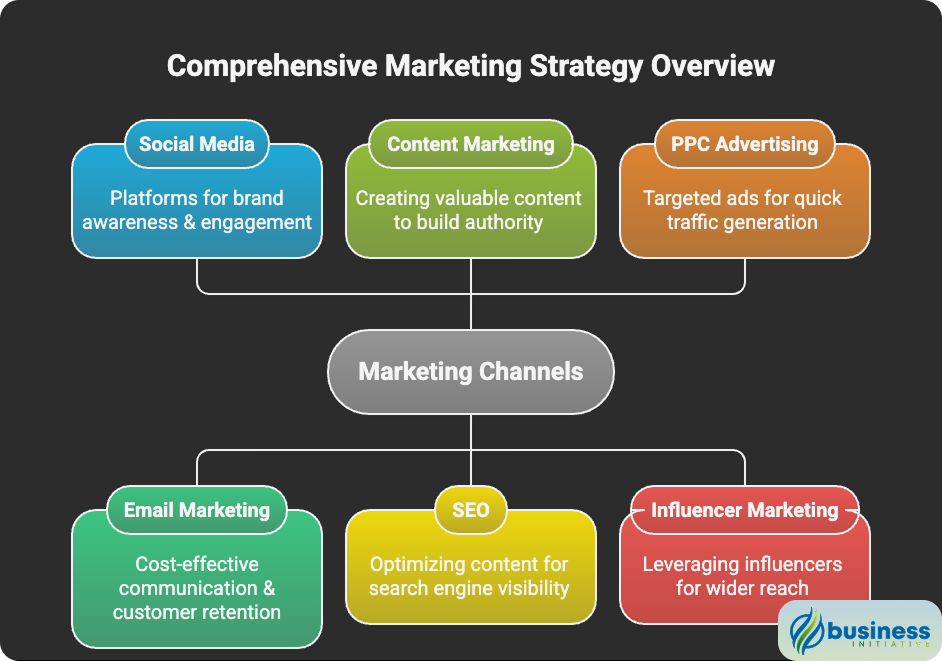
There are many marketing channels available today, each with its unique strengths and weaknesses.
Here are some examples of popular marketing channels being used by businesses today:
1. Social Media
Social media platforms such as Facebook, Twitter, Instagram, and LinkedIn are excellent for building brand awareness, engaging with customers, and generating leads.
2. Email Marketing
Email marketing is a cost-effective way to reach out to potential customers and keep current ones engaged.
With personalized messaging and targeted campaigns, businesses can drive conversions and build long-term relationships with their subscribers.
3. Content Marketing
Content marketing involves creating valuable content that educates or entertains your target audience.
This could include blog posts, videos, infographics, or podcasts. By providing relevant information to your customers, you can position yourself as an authority in your industry while building trust and loyalty.
4. Search Engine Optimization (SEO)
SEO is the process of optimizing your website’s content to rank higher on search engines like Google.
By improving your visibility in search results, you can attract more organic traffic to your site and generate leads.
5. Pay-Per-Click Advertising (PPC)
PPC advertising involves placing ads on search engines or social media platforms and paying for each click generated by the ad.
This can be an effective way to drive targeted traffic to your website quickly.
6. Influencer Marketing
Influencer marketing involves partnering with influencers in your industry who have a large following on social media or other platforms.
By leveraging their reach and authority, you can promote your products or services to a wider audience while building credibility.
By understanding the strengths of each channel and how they work together, businesses can create a comprehensive marketing strategy that drives results and helps them achieve their goals. A thorough marketing channel analysis is essential for determining which channels will deliver the best return on investment.
Here are six factors to consider when choosing which marketing channels to work with:
1. Audience Preferences and Behavior
2. Cost and Budget
3. Brand Awareness and Reputation
4. Targeted Reach
5. Competition
6. Analytics and Measurement
Keep reading and integrate the information contained within this article, if you want to gain valuable insights into these facets of marketing and building a strong audience.
The following insights will help you make informed decisions and develop effective marketing strategies that will drive your business forward.
1. Audience Preferences and Behavior
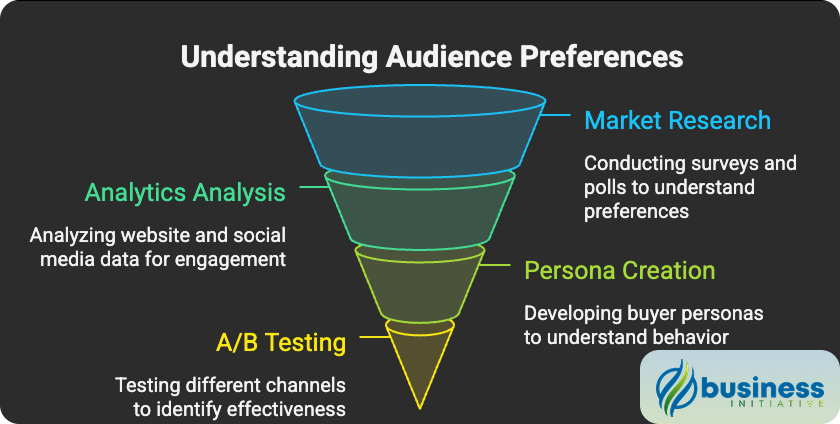
The first factor to consider when choosing marketing channels is the preferences and behavior of the target audience.
For example, if the target audience is young adults, social media platforms such as Instagram and TikTok would be more effective than email marketing.
Understanding the audience’s preferences and behavior will help businesses choose the right marketing channels for their campaign. This is one of the most critical factors influencing selection of marketing channels.
How to Determine:
- Conduct market research through surveys, polls, and focus groups to understand the audience’s preferences and behavior.
- Analyze website and social media analytics to identify the platforms that generate the most traffic and engagement.
- Create buyer personas to understand the audience’s preferences and behavior.
- Conduct A/B testing to identify the most effective marketing channels for the campaign.
Tools:
-
Google Analytics: A free tool that tracks website traffic and provides insights into user behavior.
-
SurveyMonkey: A survey tool that helps businesses create and send surveys to their target audience.
2. Cost and Budget
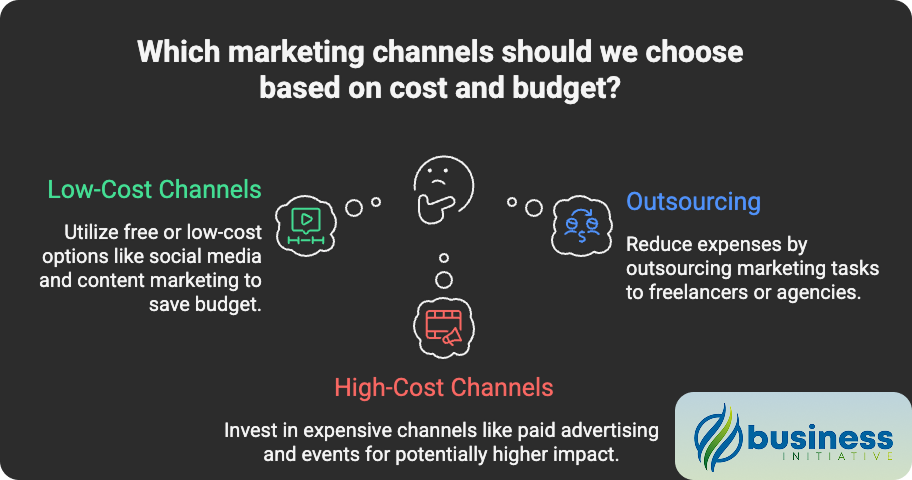
The second factor to consider is the cost and budget of the marketing channels.
Some channels like social media and content marketing are low-cost or even free, while others like paid advertising and events can be expensive.
Businesses should consider their budget and choose channels that offer the best value for money. Marketing channel selection often depends on finding the right balance between cost and expected performance.
How to Determine:
- Conduct a cost-benefit analysis of each marketing channel to identify the channels that offer the best return on investment.
- Set a marketing budget and allocate funds to different channels based on their effectiveness and cost.
- Use free or low-cost marketing channels like social media and content marketing to save costs.
- Consider outsourcing marketing tasks to freelancers or agencies to reduce expenses.
Tools:
-
HubSpot Marketing Hub: A marketing automation software that helps businesses manage and track their marketing campaigns.
-
Hootsuite: A social media management tool that helps businesses manage and track their social media campaigns.
3. Brand Awareness and Reputation

The third factor to consider is the brand awareness and reputation of the business.
For new businesses, it’s important to focus on building brand awareness and establishing a positive reputation.
Channels like social media and content marketing can help businesses increase their visibility and credibility.
How to Determine:
- Conduct a brand audit to identify the strengths and weaknesses of the brand’s reputation.
- Monitor online reviews and feedback to understand how customers perceive the brand.
- Create a strong brand identity and message to differentiate the brand from competitors.
- Leverage user-generated content to build trust and credibility among the audience.
Tools:
-
Google Alerts: A free tool that sends email notifications when the brand is mentioned online.
-
SEMrush: A marketing analytics tool that provides insights into the brand’s online visibility and reputation.
4. Targeted Reach
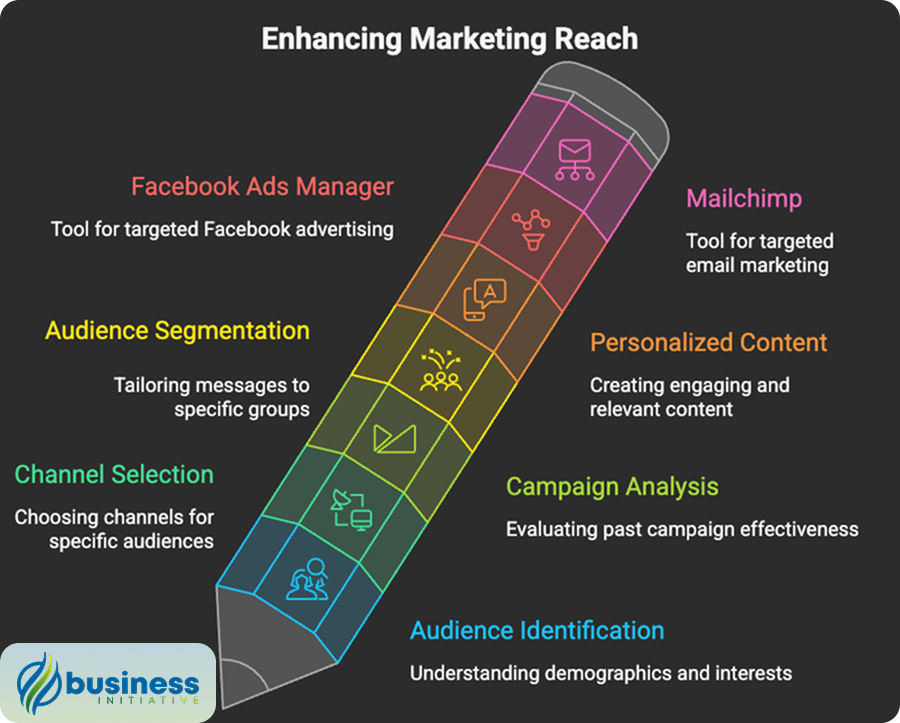
The fourth factor to consider is the targeted reach of the marketing channels.
Some channels like social media and email marketing allow businesses to target specific demographics and interests, while others like events and trade shows have a broader reach.
How to Determine:
- Identify the audience demographics and interests and choose channels that allow businesses to target them.
- Analyze the reach and engagement of previous marketing campaigns to identify the most effective channels.
- Use audience segmentation to target specific groups of customers with tailored marketing messages.
- Create personalized content to increase engagement and conversions.
Tools:
-
Facebook Ads Manager: A tool that helps businesses create and manage targeted Facebook Ads.
-
Mailchimp: An email marketing tool that allows businesses to create and send targeted email campaigns.
5. Competition
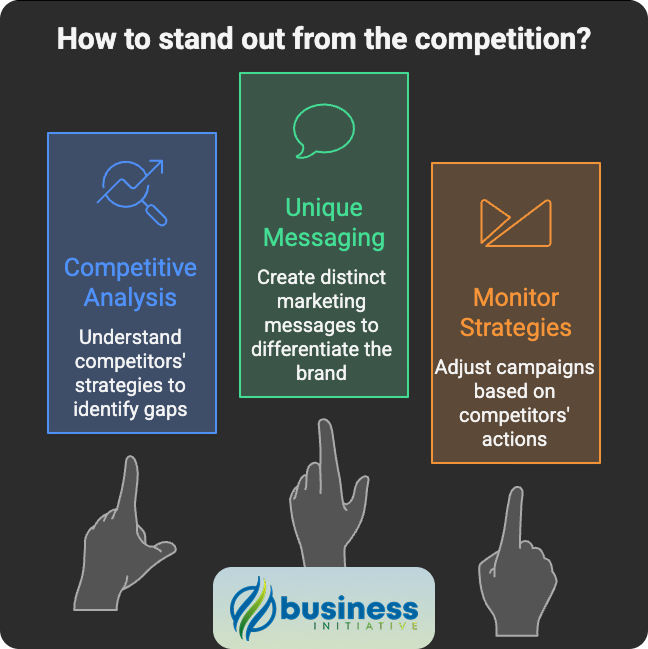
The fifth factor to consider is the competition in the market.
Businesses should choose marketing channels that allow them to stand out from the competition and reach their target audience effectively.
How to Determine:
- Conduct a competitive analysis to understand the marketing strategies of competitors.
- Identify gaps in the market and choose channels that allow businesses to fill those gaps.
- Create unique and creative marketing messages to differentiate the brand from competitors.
- Monitor competitors’ marketing strategies and adjust the campaign accordingly.
Tools:
-
Ahrefs: A marketing analytics tool that helps businesses analyze their competitors’ online presence.
-
BuzzSumo: A content analytics tool that helps businesses identify the most popular content in their industry.
6. Analytics and Measurement
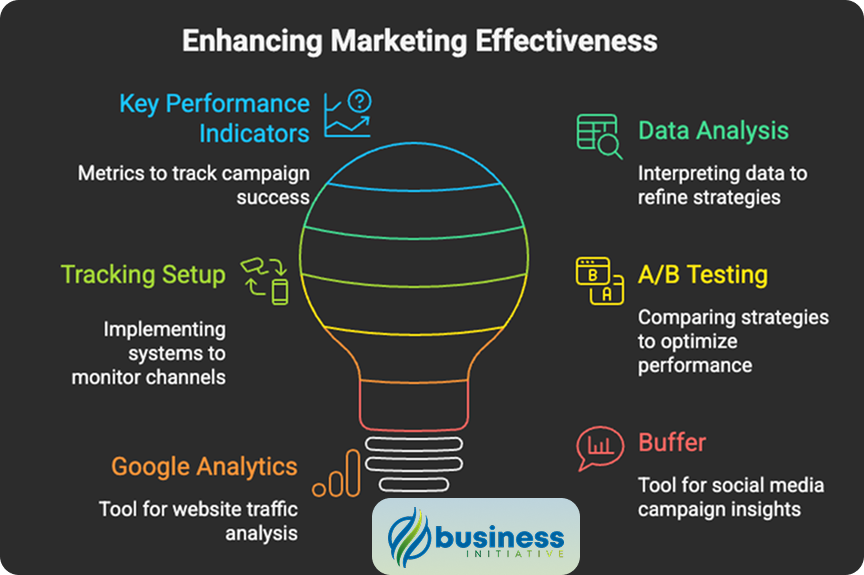
The sixth factor to consider is the analytics and measurement of the marketing channels.
Businesses should choose channels that allow them to track and measure the effectiveness of the campaign and make data-driven decisions. Marketing channel performance tracking helps determine which channels deliver the best results and ROI.
How to Determine:
- Identify the key performance indicators (KPIs) of the campaign and choose channels that allow businesses to track them.
- Analyze the data and make adjustments to the campaign based on the results.
- Set up tracking and analytics for each marketing channel to measure the effectiveness of the campaign.
- Use A/B testing to identify the most effective marketing messages and channels.
Tools:
- Google Analytics: A free tool that tracks website traffic and provides insights into user behavior.
- Buffer: A social media management tool that provides analytics and insights into the performance of social media campaigns.
FAQs - Frequently Asked Questions About Choosing the Right Marketing Channels
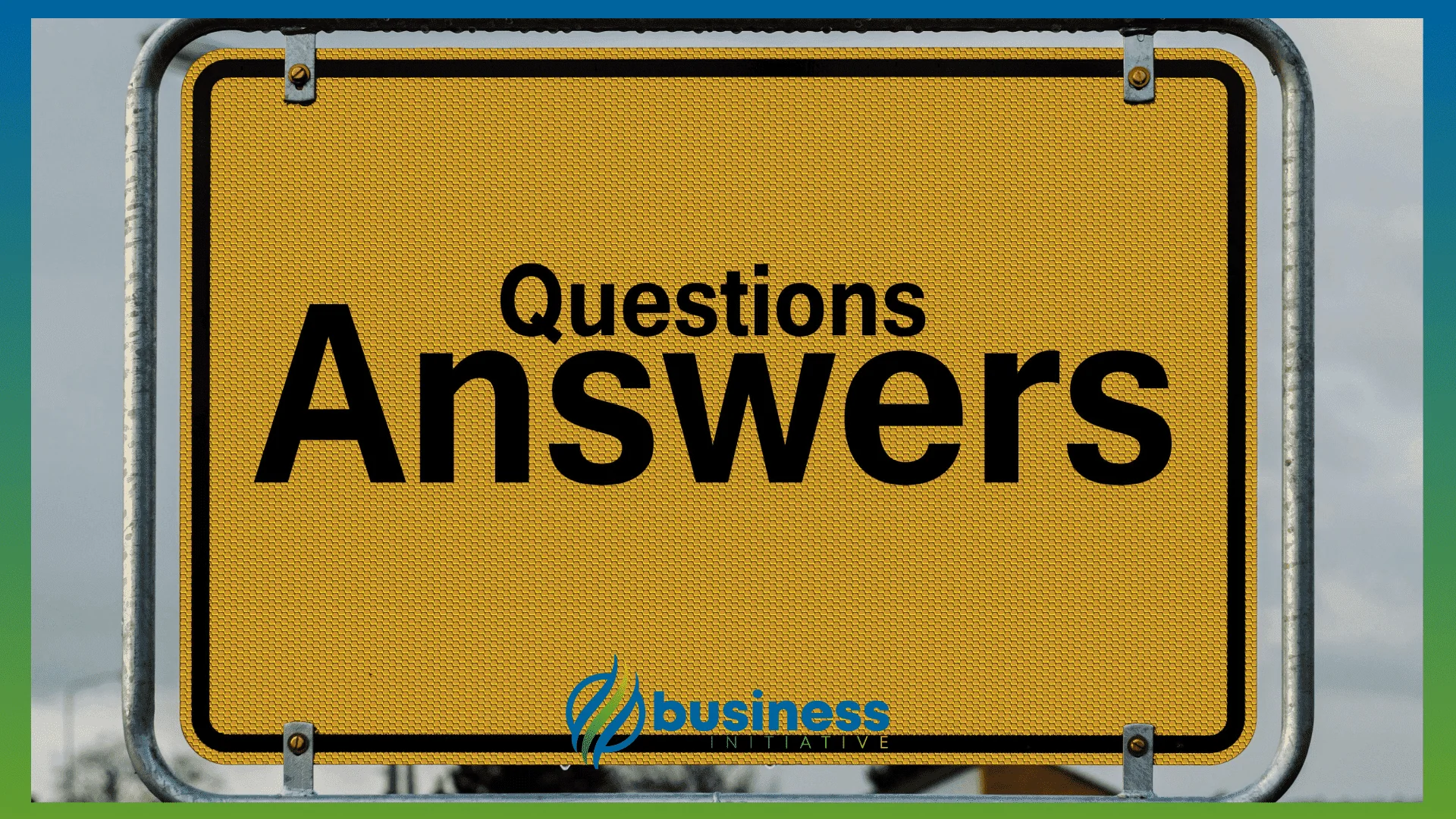
What are the most effective marketing channels for new LLCs?
Social media, content marketing, and SEO are ideal starting points for new LLCs due to their low cost and high impact potential.
Email marketing and local networking can also provide excellent ROI for businesses just getting started.
Learn More...
New LLCs should prioritize marketing channels that offer maximum reach with minimal investment, as most startups operate on limited budgets.
Social media platforms like Facebook, Instagram, and LinkedIn allow businesses to build brand awareness and engage directly with potential customers at little to no cost.
Content marketing through blog posts, videos, and infographics helps establish authority in your industry while improving search engine visibility.
- Start with one or two social media platforms where your target audience is most active
- Create valuable, educational content that addresses your customers' pain points
- Optimize your website for local SEO to capture nearby customers searching for your services
- Build an email list from day one to nurture relationships with prospects and customers
As your LLC grows and generates revenue, you can gradually invest in paid advertising channels like PPC and influencer marketing to scale your reach.
How do I determine which marketing channels my target audience uses?
Conduct market research through surveys, analyze your website analytics, and create detailed buyer personas.
Study your competitors' marketing strategies to see where they're finding success with similar audiences.
Learn More...
Understanding your audience's media consumption habits is crucial for selecting the right marketing channels and maximizing your campaign effectiveness.
Start by conducting primary research through surveys, polls, and focus groups to gather direct insights about your target customers' preferences and behaviors.
Use Google Analytics to analyze your website traffic and identify which platforms are already driving visitors to your site.
- Survey existing customers about their preferred communication channels and social media usage
- Analyze demographic data to understand age groups, income levels, and lifestyle preferences
- Monitor social media engagement rates across different platforms to see where your content performs best
- Use tools like Facebook Audience Insights to research your target demographic's online behavior
Create detailed buyer personas that include not just demographics but also media consumption habits, preferred content types, and decision-making processes.
Regularly review and update your audience research as market trends and platform popularity can shift over time.
What's the most cost-effective marketing channel for LLCs on a tight budget?
Content marketing and organic social media offer the highest ROI for budget-conscious LLCs.
These channels require time investment rather than significant financial resources.
Learn More...
For LLCs operating on shoestring budgets, content marketing consistently delivers the best return on investment while building long-term brand authority.
Creating valuable blog posts, how-to videos, and educational content costs primarily time and effort rather than advertising dollars.
Organic social media marketing allows you to build relationships and engage with customers without paying for ads, though it requires consistent posting and community management.
- Blog content can drive organic search traffic for years after publication
- Social media posts cost nothing but can generate significant engagement and brand awareness
- Email marketing has an average ROI of $42 for every $1 spent
- Local SEO optimization can capture high-intent customers in your area
Email marketing is another highly cost-effective channel, with most platforms offering free tiers for small subscriber lists.
Focus on building genuine relationships through valuable content rather than trying to compete with larger companies on paid advertising spend.
As your revenue grows, reinvest profits into paid channels like PPC advertising to accelerate growth while maintaining your organic foundation.
How do I measure the success of my marketing channels?
Track key performance indicators (KPIs) like website traffic, conversion rates, and customer acquisition cost for each channel.
Use tools like Google Analytics and social media insights to monitor performance and ROI.
Learn More...
Measuring marketing channel effectiveness requires establishing clear KPIs aligned with your business goals and consistently tracking performance across all platforms.
Set up Google Analytics to track website traffic sources, conversion rates, and user behavior patterns from each marketing channel.
Monitor channel-specific metrics such as email open rates, social media engagement, and click-through rates to understand which platforms resonate most with your audience.
- Track customer acquisition cost (CAC) for each channel to understand profitability
- Measure lifetime value (LTV) of customers from different channels
- Monitor conversion rates from initial contact to final sale
- Use UTM parameters to track campaign performance across channels
- Set up goal tracking in Google Analytics for key business actions
Implement A/B testing to optimize your messaging and creative content across different channels.
Create monthly reports comparing channel performance and adjust your marketing budget allocation based on data-driven insights.
Remember that some channels may have longer sales cycles, so track both short-term metrics and long-term customer value.
Should I focus on one marketing channel or use multiple channels simultaneously?
Start with 1-2 channels to master them effectively, then gradually expand your marketing mix.
Multiple channels often work better together, but only if you can execute each one well.
Learn More...
The most effective approach is to start with one or two marketing channels that align with your audience and budget, then expand strategically as you gain experience and resources.
Focusing initially allows you to develop expertise and create high-quality content rather than spreading yourself too thin across multiple platforms.
Once you've mastered your initial channels and are seeing consistent results, you can begin testing additional channels to diversify your marketing mix.
- Master content creation and posting schedules for your chosen platforms
- Build systems and processes that can be replicated across new channels
- Ensure you have adequate time and resources to maintain quality across all channels
- Test new channels with small investments before committing significant resources
An integrated multi-channel approach often produces better results than single-channel marketing because it creates multiple touchpoints with potential customers.
Different channels serve different purposes in the customer journey - social media for awareness, email for nurturing, and PPC for conversion.
Monitor your capacity carefully and avoid adding new channels if it means compromising the quality of your existing efforts.
How often should I review and adjust my marketing channel strategy?
Review your marketing channel performance monthly and make major strategy adjustments quarterly.
Stay flexible and be ready to pivot quickly if a channel isn't delivering expected results.
Learn More...
Regular review and optimization of your marketing channels is essential for maintaining effectiveness and adapting to changing market conditions and platform algorithms.
Conduct monthly performance reviews to track key metrics, identify trends, and make tactical adjustments to your campaigns and content strategy.
Perform comprehensive quarterly assessments to evaluate overall channel performance, budget allocation, and strategic direction.
- Weekly monitoring of key metrics and engagement rates
- Monthly analysis of traffic sources, conversion rates, and ROI by channel
- Quarterly budget reallocation based on performance data
- Annual strategy overhaul to incorporate new channels and market changes
Stay informed about platform updates, algorithm changes, and new marketing channel opportunities that could benefit your LLC.
Be prepared to pivot quickly if a channel's performance significantly declines or if new opportunities emerge.
Document your learnings and create playbooks for successful campaigns to ensure consistency and scalability.
Consider seasonal trends and business cycles when planning your review schedule and budget adjustments.
What are the biggest mistakes LLCs make when choosing marketing channels?
Common mistakes include choosing channels based on personal preference rather than audience behavior and spreading resources too thin across too many channels.
Many LLCs also fail to track performance properly or give up on channels too quickly.
Learn More...
One of the most critical mistakes LLCs make is selecting marketing channels based on their own preferences or assumptions rather than researching where their target audience actually spends time.
Many business owners choose platforms they personally use or enjoy, which may not align with their customers' habits and preferences.
Another common error is attempting to maintain a presence on too many channels simultaneously without having the resources to execute effectively on any of them.
- Choosing channels without researching target audience behavior and preferences
- Spreading marketing efforts too thin across multiple channels
- Failing to set up proper tracking and analytics from the beginning
- Giving up on channels too quickly before allowing time for results
- Copying competitors without understanding their strategy or audience
- Ignoring mobile optimization and user experience across channels
Many LLCs also make the mistake of not setting up proper tracking and measurement systems, making it impossible to determine which channels are actually driving results.
Impatience is another significant issue - many businesses abandon promising channels too quickly, not allowing enough time for brand awareness and trust to build.
Some LLCs also make the error of copying their competitors' strategies without understanding the reasoning behind them or whether they align with their own business goals and audience.
How do I compete with larger companies that have bigger marketing budgets?
Focus on niche targeting, personalized customer service, and building authentic relationships rather than trying to match their advertising spend.
Leverage local SEO, community engagement, and word-of-mouth marketing where larger companies often struggle.
Learn More...
Small LLCs can successfully compete with larger companies by focusing on agility, personalization, and authentic relationship-building rather than trying to match their advertising budgets.
Target specific niches and local markets where larger companies may not focus their attention, allowing you to become the go-to expert in your specialized area.
Leverage your ability to provide personalized customer service and build genuine relationships with customers, something larger corporations often struggle to achieve at scale.
- Focus on long-tail keywords and niche markets that big companies ignore
- Provide exceptional customer service that generates positive reviews and referrals
- Build partnerships with other local businesses for cross-promotion
- Create highly targeted content that addresses specific customer pain points
- Use local SEO to dominate search results in your geographic area
- Engage authentically on social media rather than using automated responses
Invest in content marketing and SEO for long-term organic growth rather than competing directly in paid advertising auctions.
Build a strong local presence through community involvement, local partnerships, and geographic-specific marketing efforts.
Focus on creating remarkable customer experiences that generate word-of-mouth referrals, which larger companies often can't replicate due to their scale and processes.
When should I consider investing in paid advertising channels like PPC?
Invest in paid advertising once you have a proven product-market fit and positive ROI from organic channels.
Ensure you have proper tracking systems and sufficient budget to run campaigns effectively for at least 3-6 months.
Learn More...
The optimal time to invest in paid advertising is after you've established a solid foundation with organic marketing channels and have validated your business model with paying customers.
Before launching paid campaigns, ensure you have proven product-market fit, positive customer feedback, and a clear understanding of your customer acquisition cost and lifetime value.
You should also have robust tracking and analytics systems in place to measure campaign performance and optimize your ad spend effectively.
- Have at least 3-6 months of operating expenses budgeted for advertising
- Proven conversion rates and sales processes from organic traffic
- Clear understanding of your target audience and buyer personas
- Optimized landing pages and website conversion funnel
- Ability to create compelling ad copy and visual content
- Time and expertise to monitor and optimize campaigns regularly
Start with small test budgets on one platform to learn and optimize before scaling up your investment.
Consider PPC when you need to accelerate growth quickly, launch new products, or compete for high-value keywords in your industry.
Ensure you have the expertise in-house or budget to hire specialists, as poorly managed paid campaigns can quickly consume your marketing budget without delivering results.
In Summary…
Choosing the right marketing channels is essential for any successful marketing campaign.
By considering factors such as audience preferences and behavior, cost and budget, brand awareness and reputation, targeted reach, competition, and analytics and measurement, businesses can create a well-rounded strategy that resonates with their target audience. Understanding what factors should influence the selection of marketing channels is crucial for campaign success.
However, it’s not just about choosing the right channels.
It’s also about constantly analyzing and adjusting the campaign based on data-driven decisions.
As the market changes and new channels emerge, businesses must be agile and adaptable to stay ahead of the competition.
So if you’re looking to take your marketing game to the next level, remember to always keep your target audience in mind, choose channels that offer the best value for money, build a strong brand identity and message, use data to make informed decisions, stand out from the competition, and never stop learning.
Now it’s time to put these tips into action!
Start by conducting a thorough analysis of your business’s marketing needs and goals.
Then choose the channels that align with those goals while keeping in mind what we’ve discussed here today. Remember that channel effectiveness depends on how well they match your specific business objectives and target audience needs.
With hard work and dedication, your business can achieve marketing success beyond your wildest dreams!
